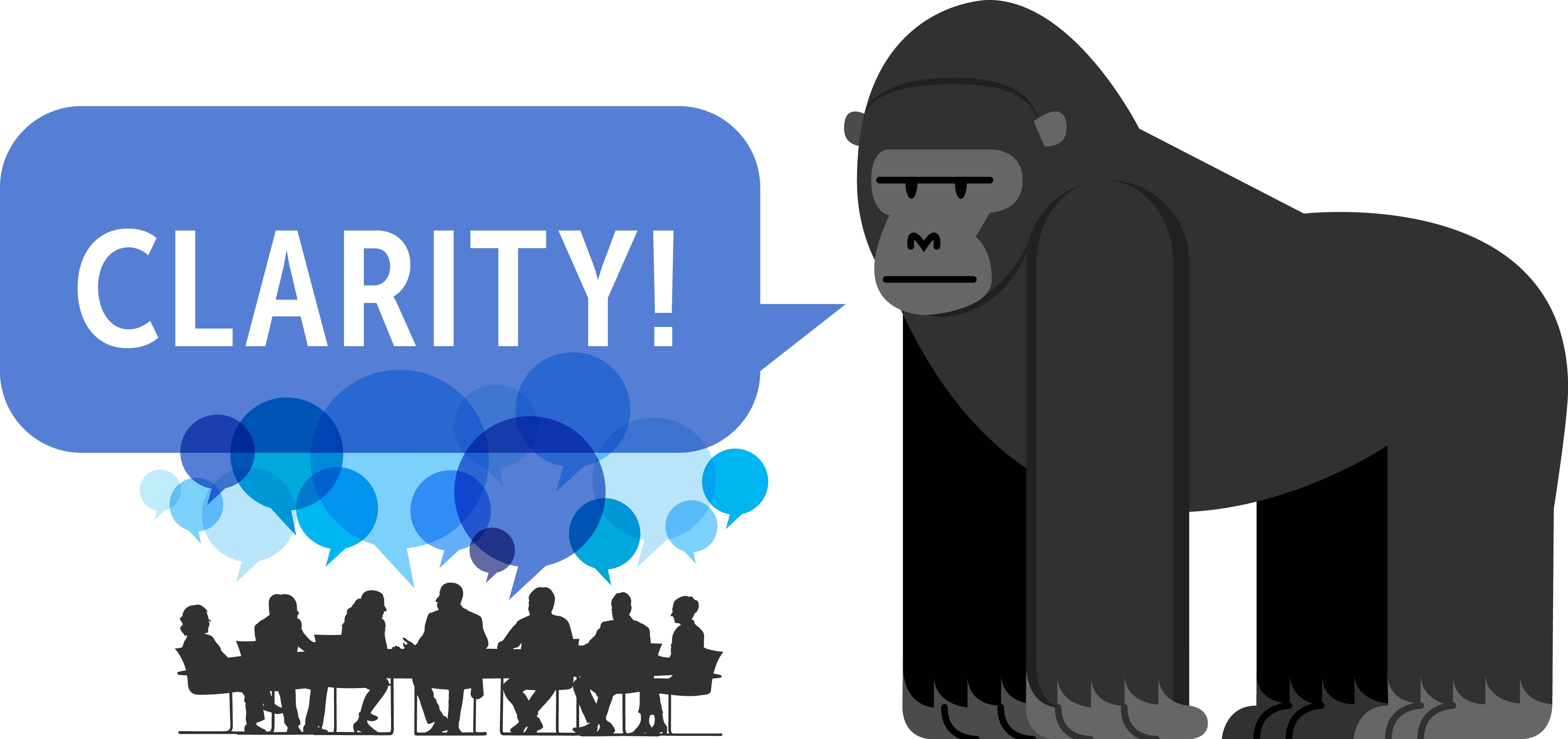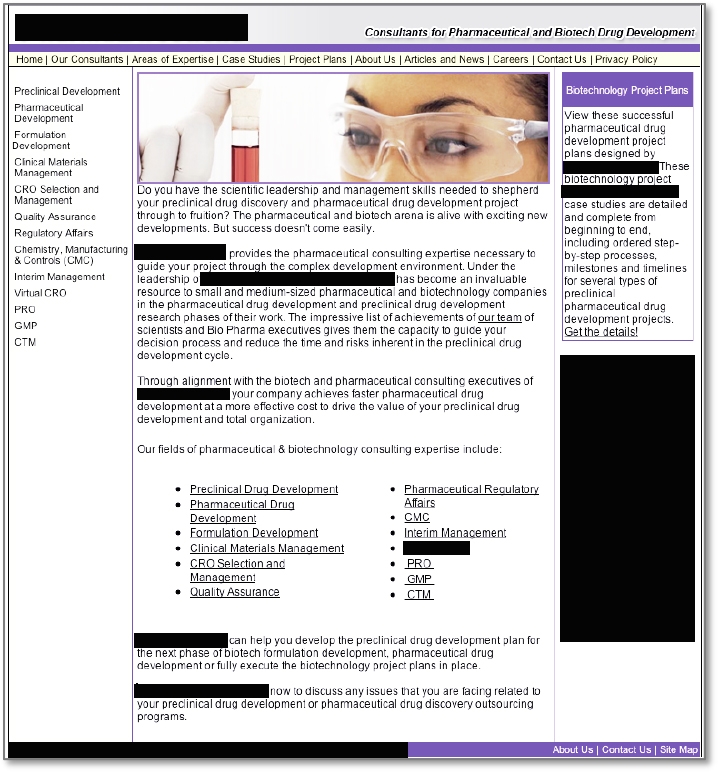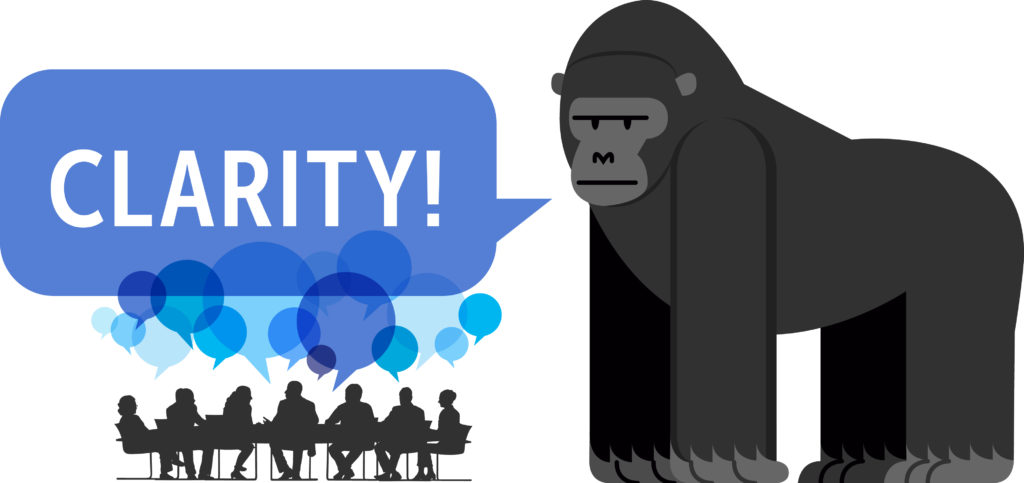Too much Clarity is killing life science marketing
By David Chapin

—First in a series—
Most life science marketing (stinks) is less than adequate, and I have a theory about why that is. It begins with what makes a scientist want to become a scientist in the first place.
There are three key characteristics that make scientists want to become scientists, which also loosely describe the process of scientific discovery. They are:
- The search for answers
- The need to classify
- An obsession with details
Any one of these characteristics can be a path into science, however as a description for “doing science,” they mostly move in order, top to bottom, like a funnel. It’s precisely these 3 characteristics — and especially their order of operation in doing science — that makes it difficult for scientists to communicate well with non-scientists (and why lots of life science marketing stinks).
Most of us have the makings of a scientist. It starts with childlike wonder.
Children don’t know it, but they’re experimenting every day, basically acting like little scientists. I remember watching my son discover gravity when he was about a year old. As I watched Liam pick up a Lego and drop it a few times, I could see those little gears turning. Isaac Newton might have proved it, but most kids discover, like Liam, that “things fall down, not up” all on their own.
To reiterate, when describing scientific process, the three characteristics are funnel-like. The process begins outside the funnel, with questions and mystery — this is the childlike wonder that all of us have (it’s also the question part of the scientific method). The real science begins after the question is asked, when it enters the funnel en route to an answer (this is the research and hypothesis forming part of the scientific method). The more the scientist learns about the question – and about how to “do science” – the further she moves down the funnel, becoming increasingly committed to classifying and collecting detail.
Now I don’t think scientists ever lose their curiosity or sense of wonder, but the profession requires great depth and detail to support hypotheses. For her science to become accepted, the scientist has to deliver this depth and detail with clarity — and this is critical — to an audience of other scientists, specifically to experts in her own narrow scientific field. So clear communication for a scientist means, essentially, “answering all of the questions that one of my true peers might have about what I’ve devoted weeks, months, or years of my life to answering. And because they are my peers, I can use all the jargon I want and I know they’ll understand the basic concepts and constructs, so I can get right to the details.”
This science/discovery/knowledge may be of great value to the world, so the scientific method’s final charge — communicate your results — is right on. Unfortunately, the scientific communication style, methodology and mindset sets science up to fail in communicating with a wider audience.
Scientists are trained to speak and present to their peers, who are equally captivated by detail and specificity. The problem comes when scientists are charged with life science marketing to an audience outside of their true peers. This obsession with detail can overwhelm an audience who doesn’t value that granularity, much less understand it. When you dive so deeply and become so expert on a very specific subject, it’s difficult to climb up out of those depths — which makes it difficult to talk about the potential of the discovery to someone who may not be capable of understanding the original question, much less the depth and detail.
So, what can we do? Let’s revisit and refine the three characteristics from the vantage point of life science marketing:
- The search for answers (to create mystery, and engage)
- The need to classify (which provides structure, organization, a filter and balance)
- An obsession with details (to ensure clarity)
Chip Kidd, a book cover designer who is essentially a rock star in the graphic design world, has written a new book, Judge This, that succinctly boils down what makes good marketing communication good: the right balance of clarity and mystery.

This is what happens when Clarity and Mystery are out of Balance (this was an actual homepage — the black areas are still more text, just redacted.)
It’s clear that most life science marketing is out of balance, with the scale pinned to the clarity side of things. For example, a CEO of a life science company once said to us, “I want the homepage of our website to answer every possible question a visitor might have” (he had tried it with his existing site — image above — and couldn’t understand why his site had so little traffic). Don’t get me wrong, when we look to make a purchase, clarity is important. But you’d be wrong to say it’s the most important thing. Clarity taken to the extreme doesn’t attract; it repels!
As Forma CEO David Chapin says, life science organizations are full of scientists who subscribe to the scientific worldview. Their goal when it comes to communication is to be clear—as clear as possible. And as complete as possible.
The goal of marketing, on the other hand, is to intrigue, to elicit mystery – to engage. Quickly.
Chip Kidd underscores this idea of differing approaches to communication. He sets things up not as differing worldviews or approaches, but as different communication needs—it’s a scale with Clarity on one end and Mystery on the other. Both are essential tools for communication. However, they are not always required in equal measure.
In my next blog, I’ll take a closer look at the role that Mystery plays in striking that Balance for more effective communication.







